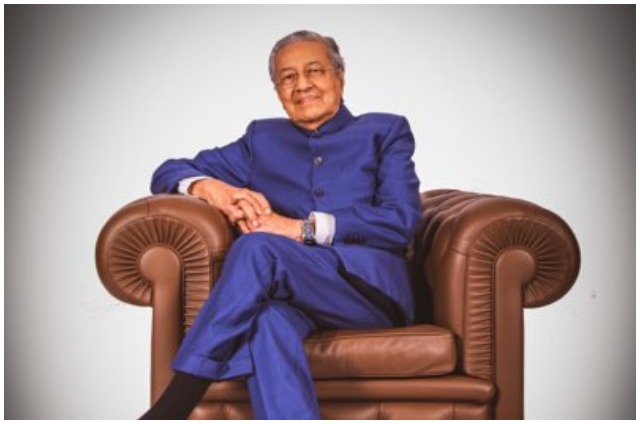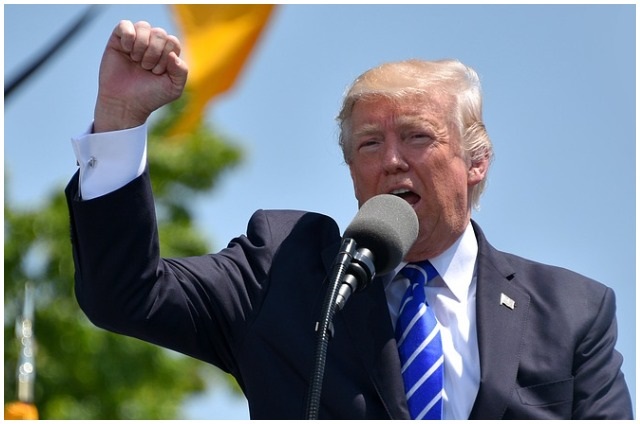AUG 19- The super success of the Shah Rukh Khan-Deepika Padukone starrer Chennai Express has elevated the business of Bollywood to its next level.
Strategic planning, mammoth marketing, aggressive promotion and numerous pre-screenings of the Rohit Shetty film helped it to create a new record. Chennai Express scaled the Rs.100-crore mark with just three days’ collections (plus revenue generated from Thursday’s pre-screenings).


Chennai Express was released in as many as 3,500 screens in the domestic market and 700 screens overseas, and has collected Rs.150 crore in the domestic market and Rs.50.47 crore in the international market over two weeks so far.
“The profit in the business of cinema is calculated on the basis of revenue collected with respect to the total cost of investment,” says trade analyst Komal Nahta.
“What converts a film into a big or a small hit is the duration in which a film makes money at the box office. The main recovery starts with territories such as Mumbai, Delhi, Punjab and UP,” adds Nahta. Depending on the number of multiplexes, filmmakers target the main markets, clustered in Greater Mumbai and NCR, the former comprising nearly 50 per cent of the total market in India.
Thirty per cent of film business comes from Uttar Pradesh, Punjab, Bihar territories while the remaining 20 per cent is confined to the Deccan market. Over the past decade, this business has become far more methodical than before. We trace the factors that make a hit.
The First Week
Chennai Express planned out its formula keeping in mind that OUATIMD would eat into its second week collections. The makers also drew maximum benefit by virtue of being released in the first week of the month, which, being around Eid, also had the longest weekend.
“Chennai Express used a practice that used to be followed by most producers in the past. Those days, each producer would try to release their film in the first week of the month, which was considered to be the most beneficial month because people were in the mood to spend,” explains Sanjay Mehta, exhibitor and distributer in the New Delhi, UP and Punjab territories.
“The film got the benefit of an extended weekend and the festive mood of Eid. This mood may or may not continue in the subsequent weekends,” adds Mehta. A big ticket film usually hikes average ticket prices and Chennai Express saw an increase of 15 to 20 per cent in ticket prices in single screen and multiplexes, which also ensured quicker revenue collection.


Wider Release
The number of screens is continually increasing with each new big ticket film featuring a superstar. According to the trade, the rise in the number screens is at the rate of 10 to 15 per cent per year. Chennai Express released in 3,500 screens in India while OUATIMD released in 2,500 screens.
Madras Cafe, which follows OUATIMD on August 23, is likely to get 2,300 screens. Prakash Jha’s political thriller Satyagraha, starring Amitabh Bachchan, Ajay Devgn and Kareena Kapoor, which is again a UTV co-production like Chennai Express, is under a tie-up with most multiplexes that have released the SRK hit and will open in 2,500 screens on August 30.
Exhibitors hope the craze for Chennai Express will be over by its second or third week, which will be beneficial for other August releases. The trend of increased number of prints and screenings started in the nineties.
In 1994, Sooraj Barjatya deliberately released Hum Aapke Hain Kaun! with very few prints in its first week. When it became obvious within a week that the film would be a blockbuster, he increased the number of prints to around 500, which led to its historic success. In 2009, Rajkumar Hirani’s 3 Idiots released with 1,000 prints while Yash Raj Films released Ek Tha Tiger with 3,400 prints in India and around 600 prints overseas.
The Aamir Khan-starrer biopic Mangal Pandey: The Rising, directed by Ketan Mehta, began the trend of monopolising the market in 2005. Its producer Bobby Bedi had adopted the tried strategy of monopolising all major screens, including big-city multiplexes.
Star Power
The opening and total collection of a film has always banked on its lead cast and genre. It is no secret that the Khans enjoy a special place in the market. “Higher the craze for the star, bigger is the market before the release of a film,” says Nahta, stressing that market dynamics also depend on the hype created.
Reports suggest various multiplexes refused to pull down Chennai Express in its second week to accommodate OUATIMD, because the SRK film had created a huge box-office impact. The buzz is that Balaji Films had to re-strategise the plan for OUATIMD release.
“There is always more excitement for a new release, no matter how successful a star’s previous film is. Most mediaplexes go by the market rule according to which 60 per cent of screens are allotted to a new release while 40 per cent is retained for last week’s hit,” says Girish Wankhede, exhibitor-distributer, Cinemax PVR. Exhibitors gauge audience mood by a film’s opening, collections over the weekend, buzz on social media and audience voxbox to decide how long they want to run it.
Increase in the number of screens
Multiplexes have grown phenomenally over the last decade, changing the dynamics of film business. There are an estimated 1,500 multiplexes that constitute nearly 75 per cent of a film’s box-office revenue nowadays. Each multiplex houses anything between four to eight screens where a hit film runs in at least two to three audis.
By 2015, the number of multiplex screens is estimated to rise to 1,925 according to a FICCI-KPMG report. The trend of increasing the number of screens started in 1994 with Hum Aapke Hai Kaun! which was screened in 500 prints second week onwards after a limited release in its first week in an era that was dominated by single screens.
Decoding the four-legged stool of cinema
The success of a film depends on the four-legged stool that calculates total collection on the basis of theatrical revenue, satellite revenue, overseas market and music-video rights.
“The profit is still calculated on the basis of revenue generated in the domestic market, which enjoys dominance and is about 70 per cent,” says Jehil Thakkar, head, Media and Entertainment, KPMG India. “The overseas market has grown manifold. However, it is largely focused towards big stars such as the Khans, Akshay Kumar and now the latest heartthrob Ranbir Kapoor,” adds Thakkar. The same rule applies to the satellite/cable and TV market. Films with big stars earn more revenue through advertisement, thus the channels willingly pay more to such films.
The blossoming 100-crore club
The 100-crore club is getting bigger with each year. In 2011, Bollywood has an estimated earning of Rs.9,300 crore and according to a KPMG survey, it is expected to grow at a compounded annual growth rate of 10 per cent to touch Rs.15,000 crore in 2016. The 100-crore fad gained ground 2010 onwards, when the Salman Khan-starrer Dabangg released. The film would go on to make Rs.152 crore in the domestic market, although 3 Idiots had already set a record in 2009 that is yet to be broken. The film has grossed over Rs.385 crore till date.
Domestic market gross of biggest blockbusters
2009
3 Idiots: Rs.385cr
2010
Dabangg: Rs.152cr, Golmaal 3: Rs.117cr
Bodyguard: Rs150 cr, Singham: Rs140 cr
Ready: Rs.120.9 cr, Don 2: Rs.110 cr
2012
Ek Tha Tiger: Rs.210 cr, Jab Tak Hai Jaan: Rs204.5 cr
Dabangg 2: Rs.182 cr, Agneepath: Rs.131 cr
Rowdy Rathore: Rs.130.5 cr, Housefull 2: Rs.106 cr
Son Of Sardaar: Rs.105 cr, Bol Bachchan: Rs.100.26 cr
2013 (so far)
Race 2: Rs.100.15 cr, Yeh Jawaani Hai Deewani: Rs.182 cr
Chennai Express: Rs.156 cr
INDIA TODAY










